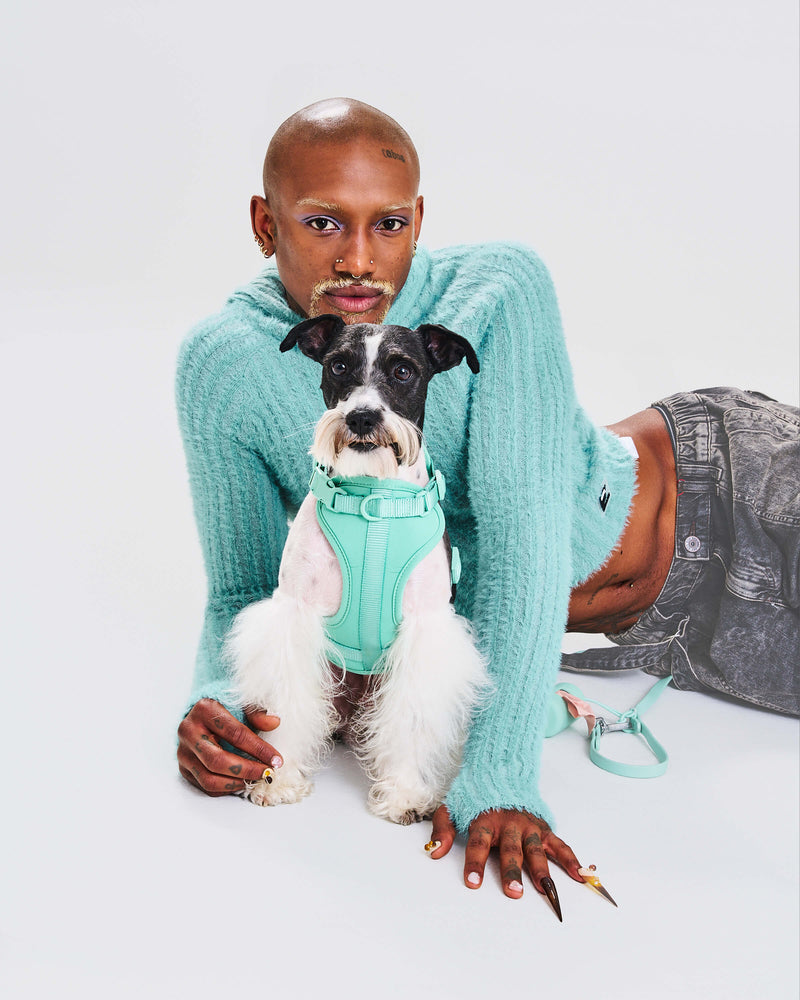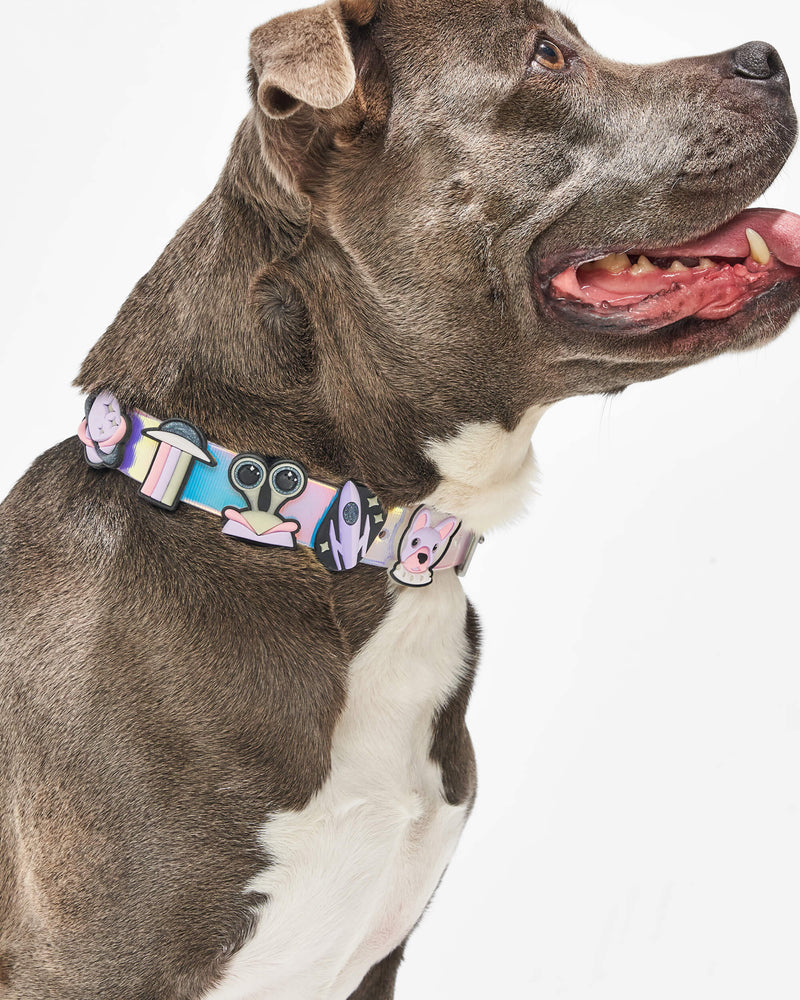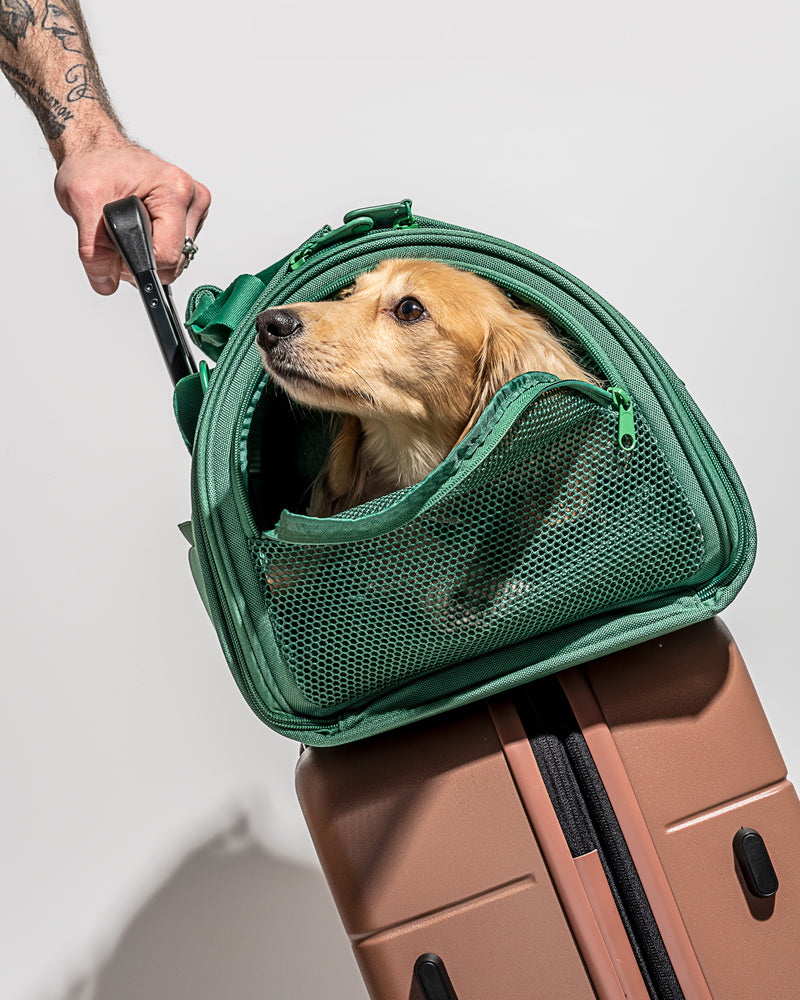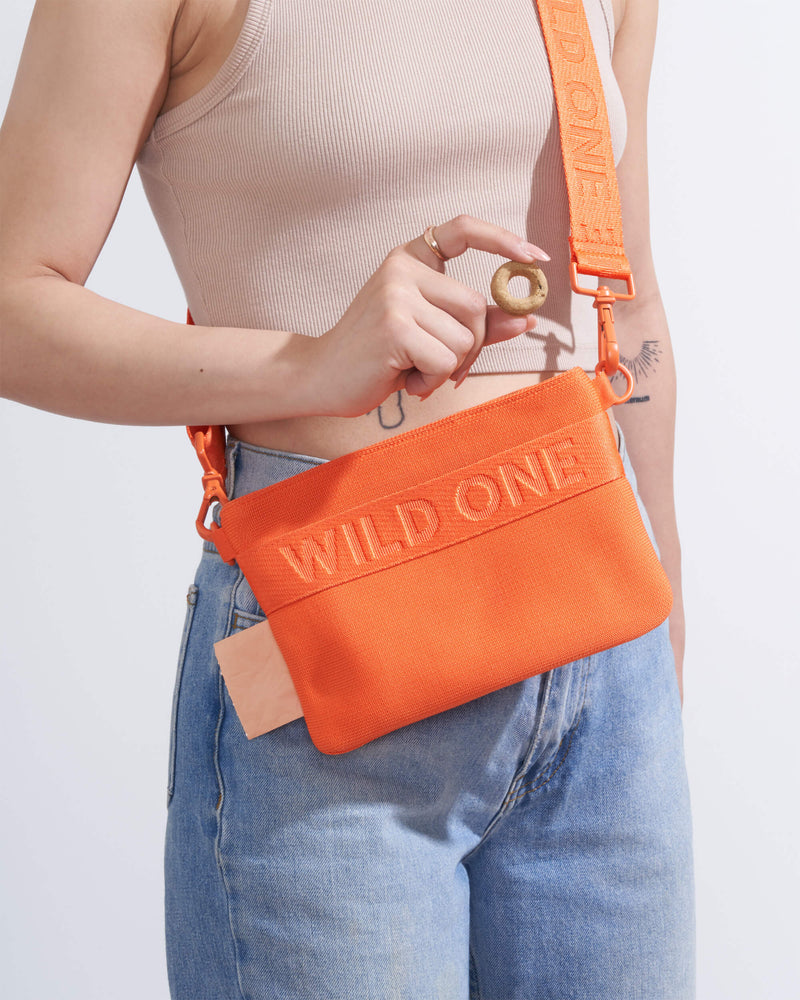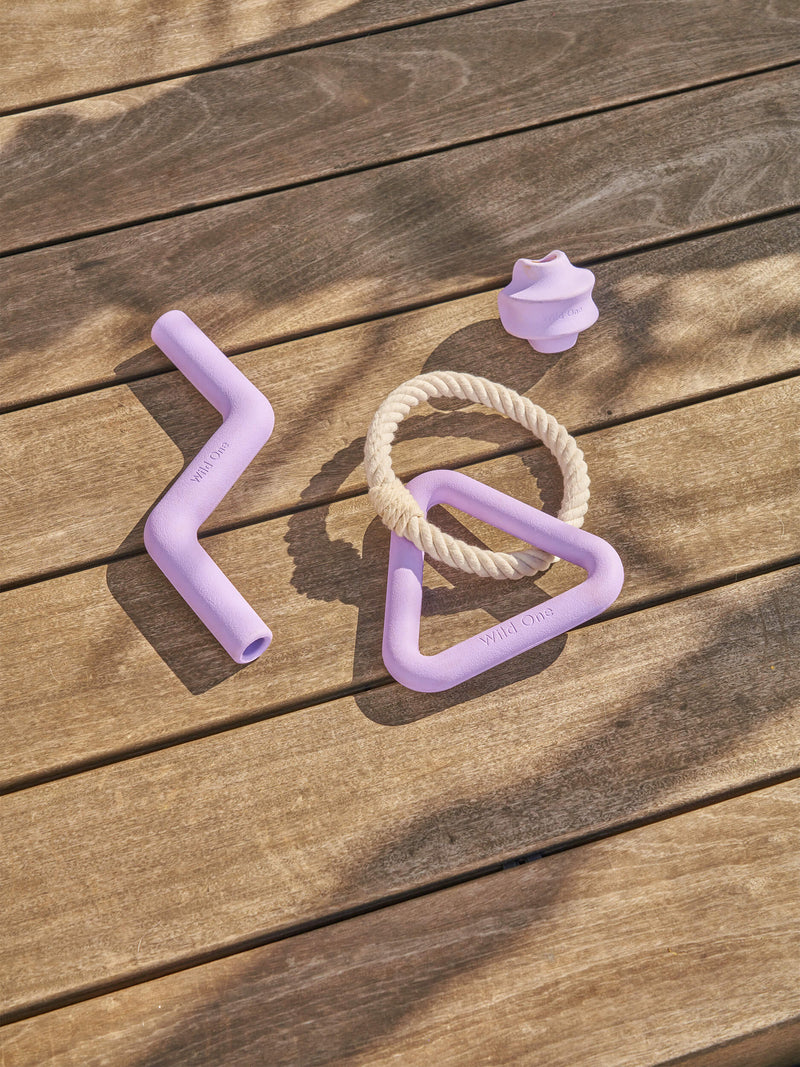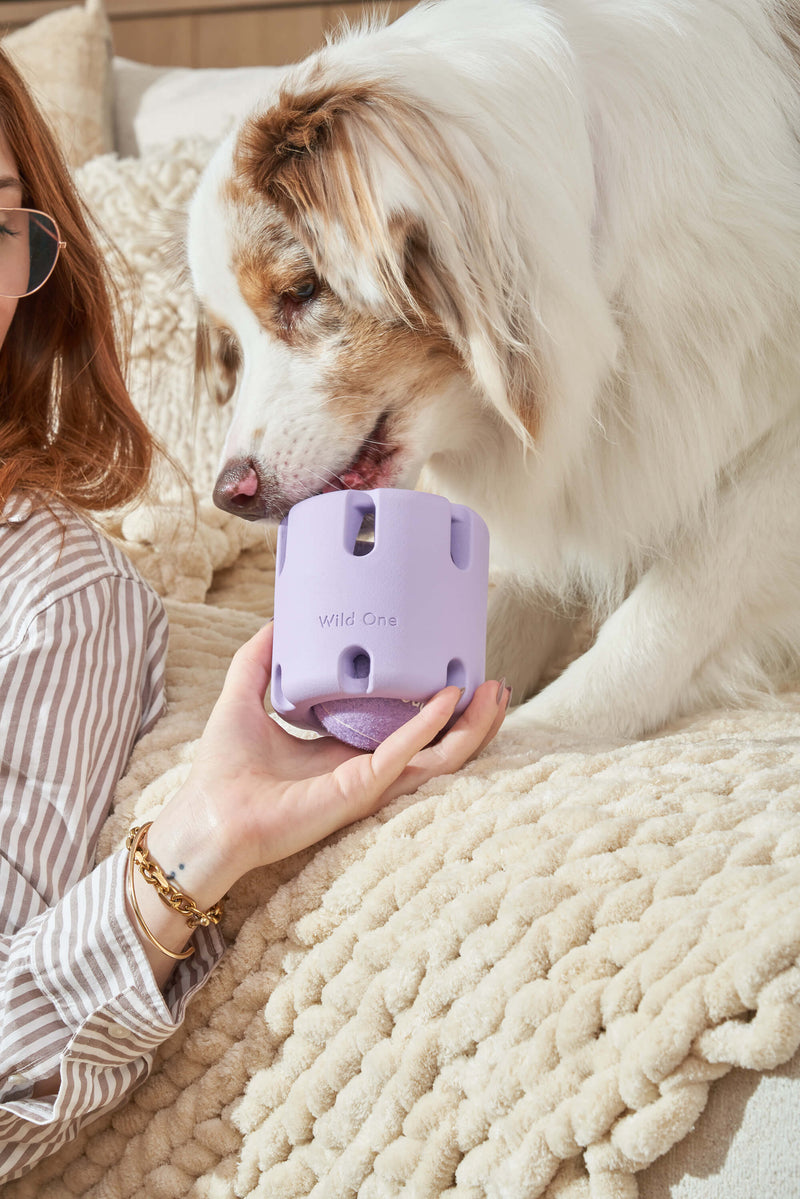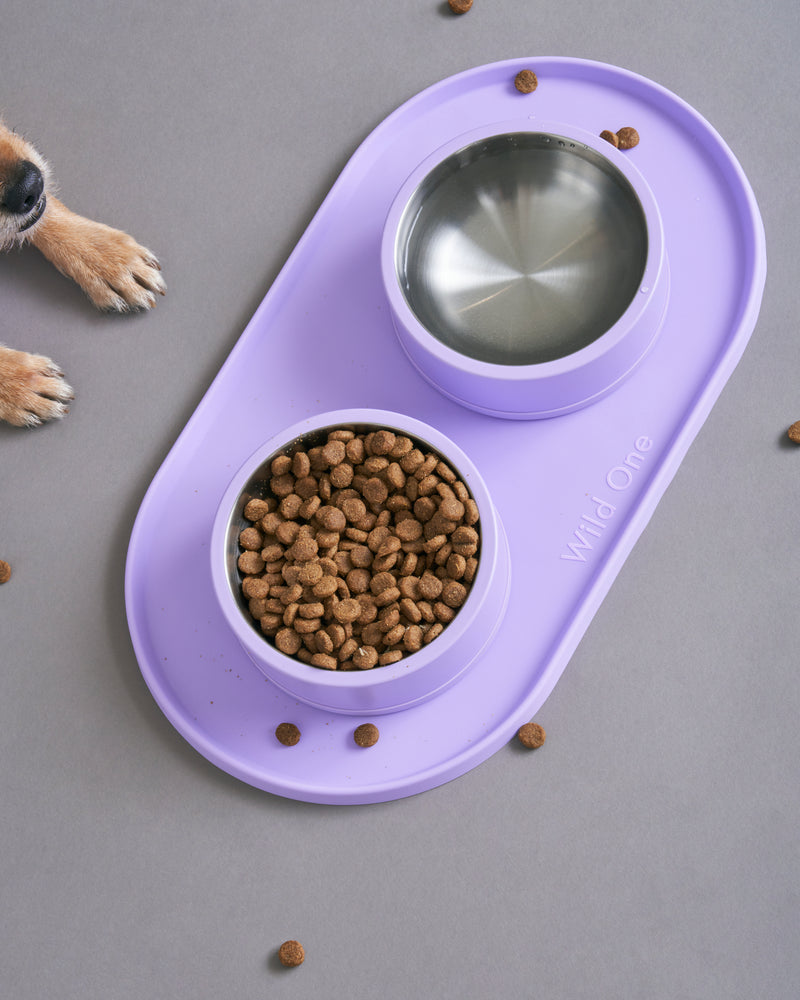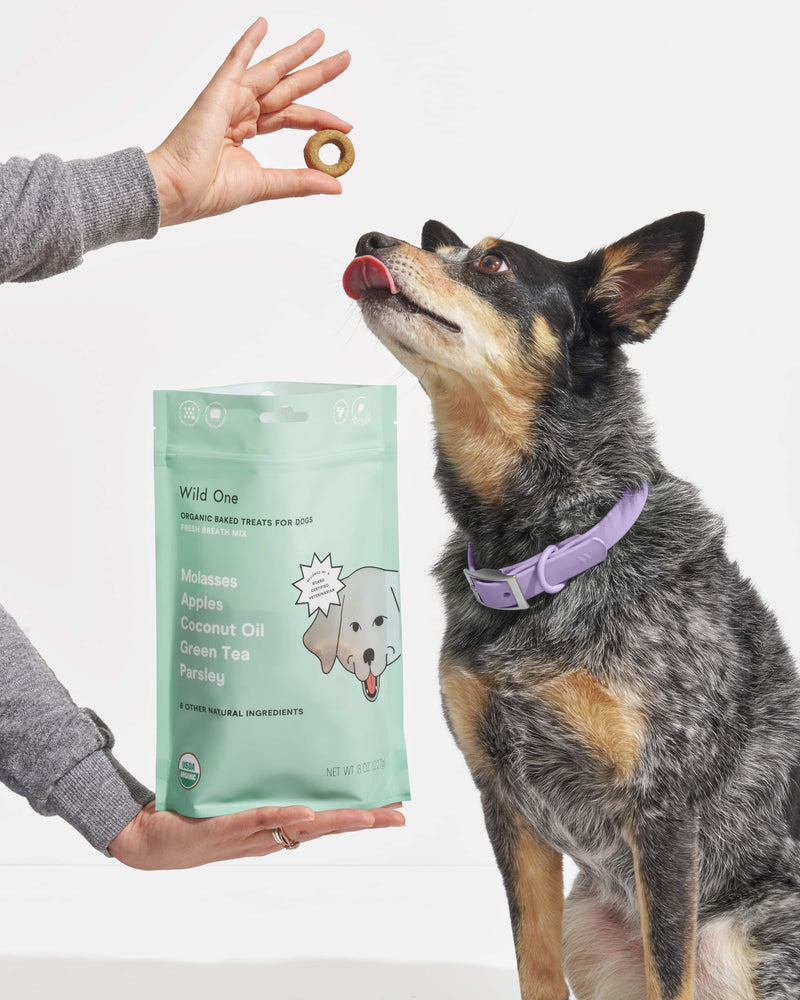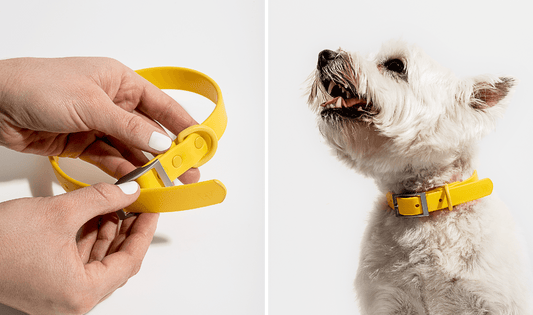Finding a collar for your dog can be a bit overwhelming because of all of the options on the market. Collars come in a variety of styles and designs, each with their specific intended use. How do you know which collar will be best? After all, you have so many questions and don’t know where to start: Does my dog need a flat collar? Or does he need a Martingale collar? Is a collar too risky for his rowdy personality? You’ve come to the right place for answers.
In this article, we cover a few different collars and the kinds of dogs they’re intended for.
Different Types of Collars
Choosing the best collar for your dog starts with understanding the different kinds of available collars and what they’re designed to do. While many collars may look similar to one another, they have small features and differences in the way they’ve been designed, causing them to act differently.
Flat Collars
Flat collars are the most popular type of dog collar. They’re often considered an everyday collar because they’re comfortable, made of many materials, and come in every style. While being considered an everyday collar, flat collars have also been called the gold standard because most dogs can wear them without issue. Some breeds tend to slip out of flat collars, but they’re few and far between.
Martingale Collars
Designed with the escape artist in mind, the Martingale collar was created to prevent slipping out of the collar, no matter the breed or situation. Martingale collars are also called limited-slip collars and were originally made for breeds with narrow heads, like greyhounds and whippets. Because of how effective they were with these breeds, they began to gain popularity with pups that tend to slip out of a flat collar because they are fearful or nervous.
Martingale collars work by adding another loop of fabric to the collar, and when the collar is pulled on from any direction, the collar slips through the loop of fabric. This causes the collar to tighten to a point where the dog can’t slip out of it. These collars require some adjustment, will hang loose when not being pulled on but will tighten to the exact size of your dog’s neck when pulled on and adjusted correctly.
Head Collars
When you’ve got a pup, who needs a little bit more structure while on the leash, you’ll likely want to consider a head collar. Head collars are similar to a horse’s halter, fitting around the muzzle and wrapping around to the back of the head rather than the neck. Head halters were explicitly made for very strong or energetic dogs. The placement of the halter prevents the dog from gaining leverage, like a traditional collar does, preventing them from pulling as hard as they usually could.
Head collars, like Martingale collars, require quite a bit of adjustment and proper fitting. This is due to the sensitive nature of the position that they sit in. When fitted improperly and loose, the loops can slip and fall, possibly causing a choking hazard. If the head collar is too tight, it can be very uncomfortable for your pooch and cause unwanted chafing and rubbing. Make sure to have the head collar adequately fitted if you plan on using one.
Rolled Collars
Rolled collars are similar to the traditional flat collar, but their construction differs, making a different shape. Rather than being flat fabric, the rolled collar is constructed to make the material more similar to a tube in shape. This is great for pooches with long coats, as it prevents matting where the collar sits.
Aversive Collars
As they aren’t recommended, we won’t be spending the time to discuss the three types of aversive collars in depth. The three types consist of shock collars, choke collars, and pinch collars. All three of these are used to cause pain in a dog, not discomfort, to obtain desired behavior while on the leash. These can lead to serious injury and should not be used on your pup.
Materials
The next thing to take into consideration is the available materials that collars can be made from. All have their own care needs and have advantages and disadvantages. Not all collars are made from all materials, so if the type of collar doesn’t matter as much as the material does, you’ll typically have more options.
Nylon
Nylon is the most widely available material when it comes to dog collars. Nylon comes in all sorts of styles and patterns, and most flat collars are made from it. It’s inexpensive, too, and replaceable if something happens to your pup’s collar. One of the downfalls of a nylon collar is that it can absorb odors reasonably well, making it smelly over time. It’s also more challenging to clean than more commonly used materials.
Neoprene
Collars can be made from neoprene, the same material that wetsuits are made from. This makes them perfect for pups who love spending their time in the water! They aren’t entirely waterproof but are water-resistant and very easy to clean. They don’t hold in odors as easily as nylon, either. Unfortunately, they’re limited in colors and patterns most of the time due to the material itself.
Leather
A classic collar material, leather is a nice, high-quality material used in making traditional dog collars. They’re durable if cared for correctly and can last a lifetime. The biggest downside to leather collars is the maintenance required on them. Unlike the other materials listed here, they need to be maintained and treated with special oils and cleansers.
Biothane
Biothane may be the best option on this list for most people looking for a traditional flat collar. The material is made by coating a polyester webbing in polyurethane or vinyl, resulting in a completely waterproof collar that cannot absorb any odors. It’s also incredibly durable and easily cleaned, only requiring a wipe down after some extra grimy play from your pup. With all these pros, you’d think that biothane would be unaffordable, but you’d be wrong. It’s usually a better price than neoprene or leather, without any cons that those materials come with.
Buckle Material
There are only two types of buckle material available on most collars, and they’re both effective in keeping the collar on your pup.
-
Metal buckles are incredibly durable and great for an everyday collar that’ll last forever with proper care and cleaning.
- Plastic buckles aren’t as durable as metal buckles but are a great option for rowdy dogs, as they’ll break away if the collar gets snagged on anything during play.
Choosing Your Next Collar
When choosing your next collar, it’s important to keep in mind your pup’s behavior and breed in mind. If you’ve got a rowdy dog, or one that likes to escape, a Martingale or a head collar may suit your needs better than traditional collars. If your pup is well-behaved on the leash, then a flat or rolled collar will do just fine. Keep in mind the material you choose for your collar, as well as the buckle material, keeping in mind how often it’ll need to be maintained.
With all of the information you’ve learned here, you’re ready to find your four-legged friend a brand new, high-quality collar that suits their needs!
Sources
Dog collars | Humane Society
The 6 Most Popular Dog Collars and How to Use Them | The Dog People
Ultimate Dog Collar Guide: How to Choose the Right Dog Collar | Homes Alive Pets
